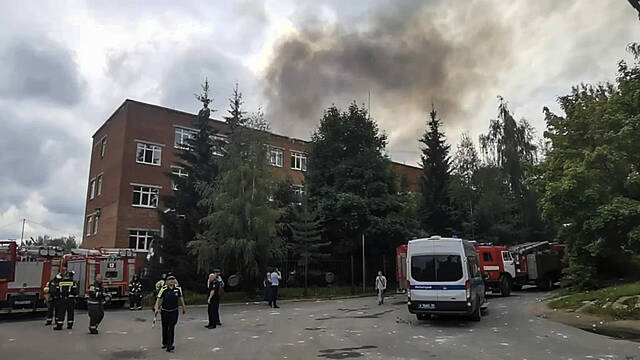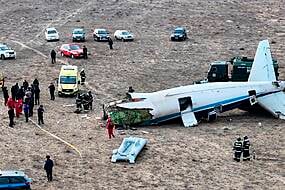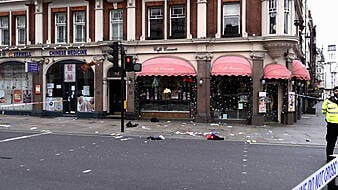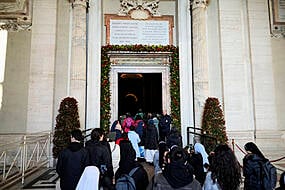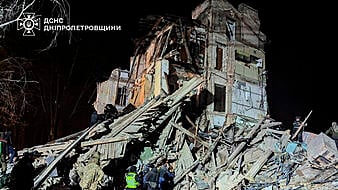An explosion on the grounds a factory north of Moscow that makes optical equipment for Russia’s security forces has injured 45 people, six of them severely, officials said.
The blast occurred at a warehouse storing fireworks, though it was on the grounds of the Zagorsk optics manufacturing plant, according to Andrei Vorobyov, the governor of the region surrounding the Russian capital.
Mr Vorobyov said the company had rented out the warehouse for storage, but later claimed the plant itself was mostly producing pyrotechnics. He said the facility “has had nothing to do with optics or mechanics for a long time”, even though the company’s website says it still manufactures those products, as well as medical apparatus.
Whatever the cause, the explosion produced a tall plume of black smoke and added to Russian jitters over night-time drone attacks on Moscow, as well as alarm about smoke over the port of Sevastopol in Crimea on Wednesday.
The Zagorsk plant explosion blew out windows in nearby buildings and prompted the evacuation of the surrounding area, the regional governor said. Five people were feared trapped under rubble.
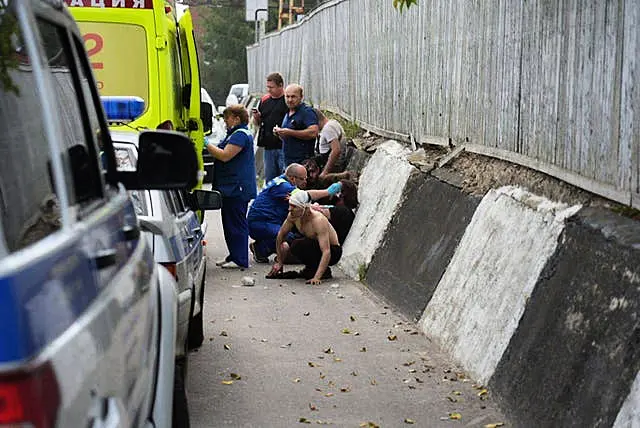
Some Russian media reported that the blast was caused by a drone attack, but multiple Russian officials — including Mr Vorobyov and Russia’s Investigative Committee — denied that. The Investigative Committee, Russia’s top law enforcement agency, said in a statement it has launched a criminal inquiry on charges of violating industrial safety requirements at hazardous production facilities.
A 1995 report by the US Department of Commerce described the factory as “a producer of precision optical equipment for the military”.
Earlier, officials said Russian air defences shot down two drones aimed at Moscow overnight, in what they described as Ukraine’s latest attempt to strike the Russian capital in an apparent campaign to unnerve Muscovites and take the war to Russia.
The drones were intercepted on their approach to Moscow and there were no casualties, mayor Sergei Sobyanin said. The Russian Defence Ministry described the incident as a “terrorist attack”.
One of the drones came down in the Domodedovo district south of Moscow, and the other fell near the Minsk highway west of the city, according to Mr Sobyanin. Domodedovo airport is one of Moscow’s busiest.
It was not clear where the drones were launched, and Ukrainian officials made no immediate comment. Ukraine usually neither confirms nor denies such attacks.
Flights were briefly halted at Moscow’s Vnukovo airport on July 30 and August 1, when drones smashed into Moscow’s business district after being jammed by air defences in two separate incidents.

In May, Russian authorities accused Ukraine of attempting to attack the Kremlin with two drones in an effort to assassinate President Vladimir Putin. Recent drone attacks have aimed at targets from the Russian capital to the Russia-annexed Crimean Peninsula.
In another incident that caused alarm, Ukrainian media reported social media blogs as saying that a thick plume of smoke billowed over Sevastopol.
The Moscow-appointed governor of Sevastopol, Mikhail Razvozzhayev, said the smoke came from a “fleet training exercise” and urged local residents not to worry.
“Yes, the smell is unpleasant but it is absolutely safe,” he said on Telegram. “Everything is calm in the city.”
Those incidents occurred against the backdrop of Ukraine’s ongoing counter-offensive, which Ukrainian and Western officials have warned will be a long slog against the Kremlin’s deeply entrenched forces.
Russia is pushing back against the Ukrainians in eastern areas, where tough battles are taking place, Hanna Maliar, Ukraine’s deputy defence minister, said on her official Telegram channel.
“In some parts of the frontline multiple changes in position take place within a day,” she said.
She claimed that Ukraine’s efforts had achieved “partial success” in the south. She gave no details.
It was not possible to independently verify either side’s claims.
